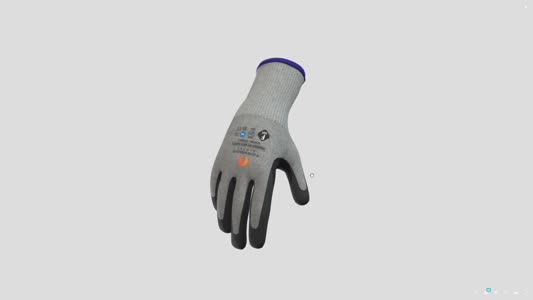
 |
Mark Sennett
Managing Editor |
 |
Kelly Rose
Editor |
| Home> | Industry Update | >Company News | >Your questions answered - December 24 |
Your questions answered - December 24
17 December 2024
Each issue, British Safety Council uses this page to answer YOUR questions. Please send any problems, issues or general enquiries about health, safety and wellbeing to [email protected] and their experts will respond in future issues.

What are the health and safety considerations around e-bike storage at work? We have had a few requests from colleagues to use these modes of transport.
As a starting point, undertake a risk assessment and introduce control measures to reduce risks. Consider your evacuation planning, in case of fire, to ensure that your employees (and anyone else on site) can be evacuated safely. Walkways should be clear, fire doors not propped open and consider any employees who require additional support.
Use the correct cables to charge the right batteries, (ideally those provided by the manufacturer when the bike or scooter was bought). Damaged cabling is a fire and electrocution risk, so it’s important that new policies should mirror any already used for the replacement of other workplace cables.
You may need to revisit existing policies – or write new ones - to deal with the new challenges presented by Li-ion batteries in the workplace. You are not the only company asking about this, and if the usage of e-bikes and e-scooters continues to grow, end-of-trip facilities (for storage and charging) may replace traditional bike facilities. Access to safe and secure charging facilities will become an important part of what a workplace offers its employees. Bringing the management of these in-house offers employers the ability to reduce risk by having oversight over monitoring, quality control, compliance with PAT testing and regulatory changes, overseen by a responsible person.
I have been asked to look at our working policies as we move from a home-working model to a hybrid model. What should my risk assessments include?
Firstly, you are absolutely correct to recognise that your policies should reflect the changing arrangements. You may need to amend your policies as you transition from one working model to another, to ensure that they are accurate and appropriate for changing circumstances. Also remember that as people’s own working models shift, there will be differences across individuals’ requirements, sometimes even within the same team.
Make sure that the new policies reflect circumstances for all employees – and that they are regularly reviewed and improved. Consult your employees and make sure that they take responsibility for their own safety while still working at home: arrange equipment and furniture to avoid trailing leads and cables, check that plugs, leads, wires, etc. are in good condition, keep the work area free from obstructions that could cause slips or trips, and ensure that there is adequate lighting to avoid eyestrain.
Most employers will likely have already implemented homeworking and/or hybrid working policies which will include these details but use this change in circumstance as an opportunity to reflect, review and amend your policies.
My work patterns are being altered more and more, including night shifts. Is there a safety question around being asked to change shift patterns?
A timely question, as the TUC has just published research into this issue.
More than 27% of the UK workforce, or approximately 8.7 million people, were classified as night workers as of 2022.
The report highlights increased risk of heart disease, diabetes, and severe sleep disruptions, largely due to the disruption of the body's internal clock. Chronic fatigue is reported as common among night shift workers, with many respondents struggling with irregular hours and sleep deprivation.
It also shows that workers can experience “cognitive impairments, such as reduced decision-making capacity, as a result of sleep deprivation”, as well as suffering isolation, contributing to mental health challenges.
The full answer to your question depends on the specifics of your work so please do speak to your employer if you feel at risk of any of these issues, and ensure that they include your concerns in their risk assessments around changing shift patterns, etc.
Don’t forget to submit YOUR questions to [email protected]
- Your questions answered - June 23
- Changes afoot for Health & Safety in Scotland
- Asbestos remains number one killer
- British Safety Council launches 2016 International Safety Awards
- Good leadership key to healthy workforce
- Your questions answered - April 23
- Free seminars from the British Safety Council
- UK Government urged to end health and safety deregulation following Grenfell Tower blaze
- British Safety Council launches its own IOSH Managing Safely e-learning course
- BSC calls for increased understanding of changing health risks























